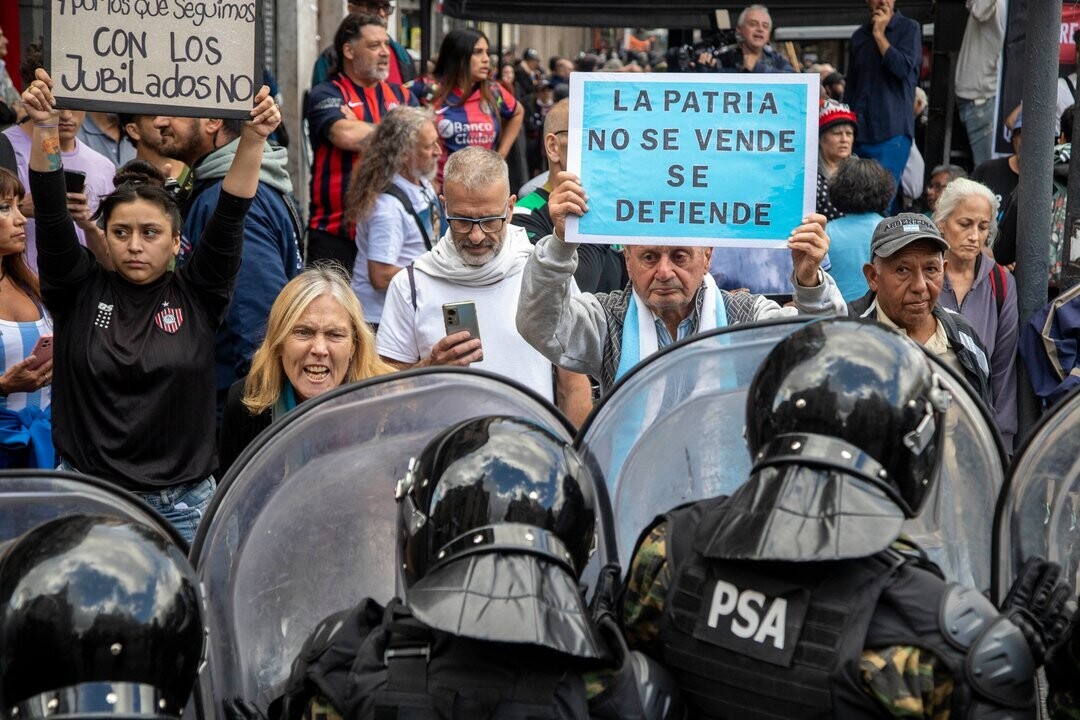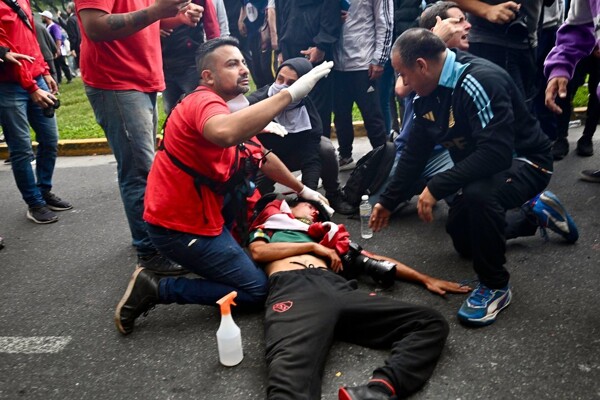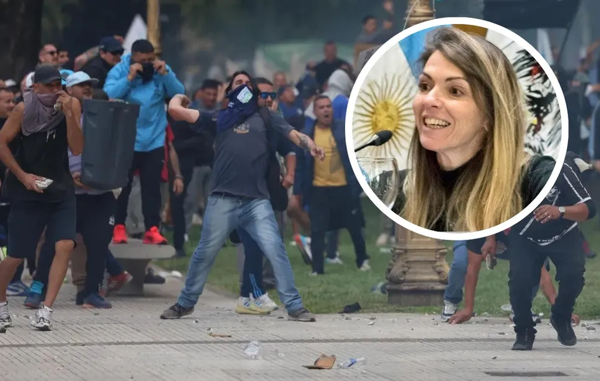
On Wednesday, the march of retirees in Congress turned into a scene of extreme violence, despite starting as a peaceful protest. The incidents involved police intervention with rubber bullets and tear gas, resulting in injuries, arrests, and a photographer severely affected. The day also included the participation of Argentine football fans and hooligans, marking an episode of unexpected tension.
During the events, photographer Pablo Grillo was severely injured by a tear gas canister, while a police officer hit a retiree on the head with a baton, generating strong criticism. Following the police violence, the situation became even more tense, with protesters setting fire to a police car and banging pots in repudiation of the repression in the AMBA.
In response to the events, the Government denounced an attempt at destabilization and downplayed the presence of retirees at the march, igniting opposing views in public opinion. The day ended with protests at Plaza de Mayo and a tense atmosphere that extended into the following days.
The next day, Judge Karina Andrade ordered the release of those arrested, which provoked critical comments from the government. Patricia Bullrich highlighted the participation of hooligans in the protest and requested measures from the AFA, while reports indicated that Pablo Grillo was in intensive care with a skull fracture, worsening the situation.
As hours passed, criticism of the Government intensified, with figures from the sports world such as Lisandro Martínez and Argentinos Juniors expressing their rejection of the repression. The judiciary initiated an investigation into police violence, and evidence was expected to be presented by the Ministry of Security, generating a nationwide escalation in repercussions.
In the following days, legal complaints and political repudiation intensified, while human rights organizations questioned the actions of the police. Media revealed details about the cost of equipment used in the repression, provoking greater scrutiny of the events. Despite justifications and differing perspectives on what occurred, the investigation continued, and the discussion in society remained alive.













